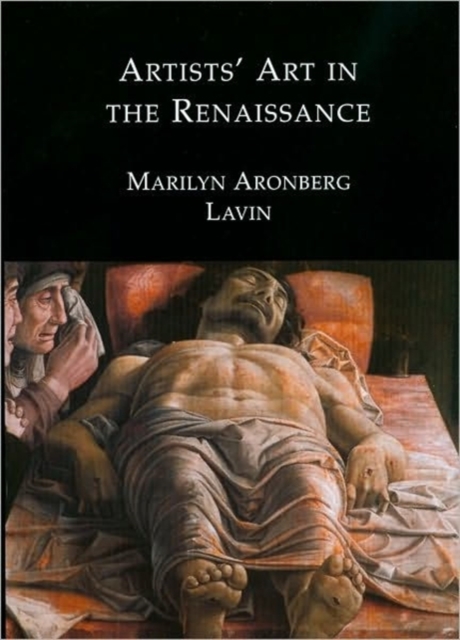
Artists' Art in the Renaissance Hardback
by Marilyn Aronberg Lavin
Hardback
Description
Marilyn Aronberg Lavin has taught the history of art at Washington University, the University of Maryland, Yale, Princeton, and Università di Roma, La Sapienza.
Specializing in Italian 13th-16th century painting, she is internationally known for her books and articles on Piero della Francesca.
Her other books include The Place of Narrative: Mural Painting in Italian Churches, 431-1600 AD., and Seventeenth-Century Barberini Documents and Inventories of Art , both of which were recipients of international prizes for distinguished scholarship.
She is one of the leaders in the use of computers and digitized imagery for research, teaching, and publication in the history of art. This book offers a series of case studies intended to introduce and define an important class of fifteenth-century Italian art not previously recognized.
It is argued that the paintings and sculptures discussed were created privately by artists for personal satisfaction and internal needs, outside the traditional framework of patronage and commercial gain.
Since there is no direct documentation from this period of a work being privately made, the selection presented here is necessarily speculative.
Instead, the essays focus on works by Piero della Francesca, Mantegna, Michelangelo, Bellini, and Titian that appear in the artists' testaments, letters of refusals to sell, and inventories showing ownership at the time of death.
The task at hand is to uncover the motivation and meaning of works of art in which the medieval craftsman began to rise to the status of independent artist, and the maker and the viewer confront each other face to face for the first time.
Information
-
Available to Order - This title is available to order, with delivery expected within 2 weeks
- Format:Hardback
- Pages:320 pages, 86 illus.
- Publisher:Pindar Press
- Publication Date:01/05/2006
- Category:
- ISBN:9781904597438
Other Formats
- Paperback / softback from £30.00
- PDF from £63.75
Information
-
Available to Order - This title is available to order, with delivery expected within 2 weeks
- Format:Hardback
- Pages:320 pages, 86 illus.
- Publisher:Pindar Press
- Publication Date:01/05/2006
- Category:
- ISBN:9781904597438






